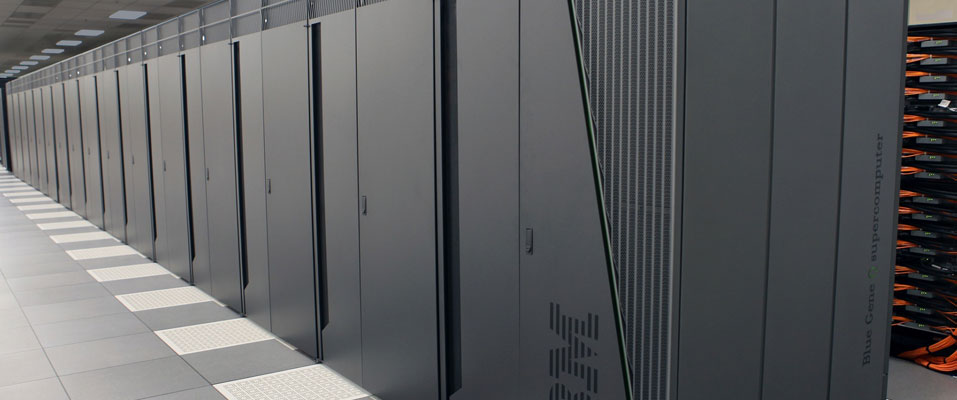

Evidence Processing & Storage
The main design objective in designing the Evidence Processing and Evidence Storage area is to develop a logical work flow that properly secures, processes, and stores evidence in a way that maintains the “Chain of Custody,” a prerequisite for a successful use of the evidence used in the judicial process.
Work spaces that help facilitate the secure processing of evidence include the following:
- Evidence Preparation Area for Officers to bag and tag evidence to be put into a secure locker
- Secure Evidence Lockers for safekeeping until the Property Officer can remove the Evidence for processing and storage. The use of biometric controls to identify users of these lockers is gaining use.
- A Property Officer Work Area for checking-in evidence placed in the evidence lockers
- Evidence Processing Areas (Crime Lab, Photo Lab, etc.). This might include a Vehicle Evidence Processing (Forensic) Garage. Access to this area will include evidence technicians, as well as the property officer.
- Drying Room
- Evidence Storage Area, accessible only by the Property Officer, including separate areas for:
- Evidence Storage Room
- Bio-Hazard Storage
- Drug Storage
- Weapon Storage
- Found Property Storage
Additional thoughts for Evidence Processing and Evidence Storage area:
- Evidence Storage and Armory are the two most restricted facilities in any law enforcement facility.
- Utilize door access security controls and visual monitoring of evidence areas (using CCTV cameras) to ensure maximum security.
- Ventilation for these areas should have 100% direct exhaust system to avoid recirculation of air within the building that is likely to be contaminated with possible pathogens and peculiar odors from seized evidence.
- Materials and finishes in the processing area need to be chemical-resistant.
- Thought must be given to large items, and whether they will be stored within the facility, or somewhere else on site.
- If floor space is tight, think cubic feet, not square feet.

